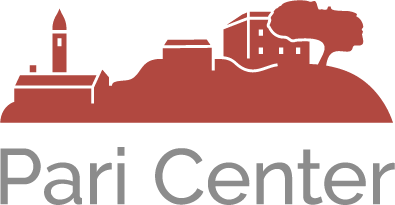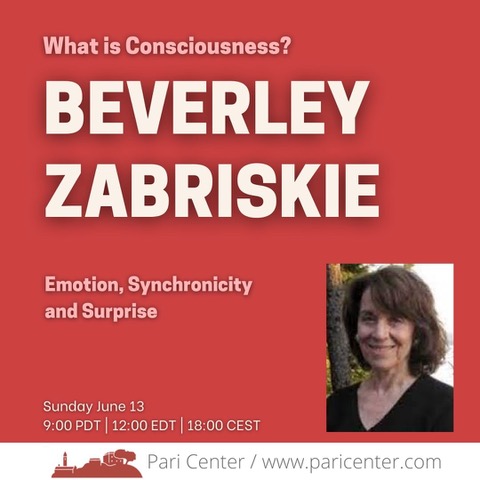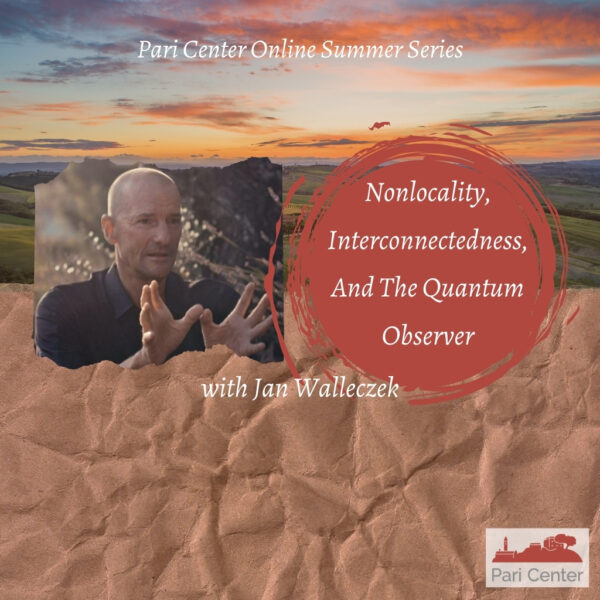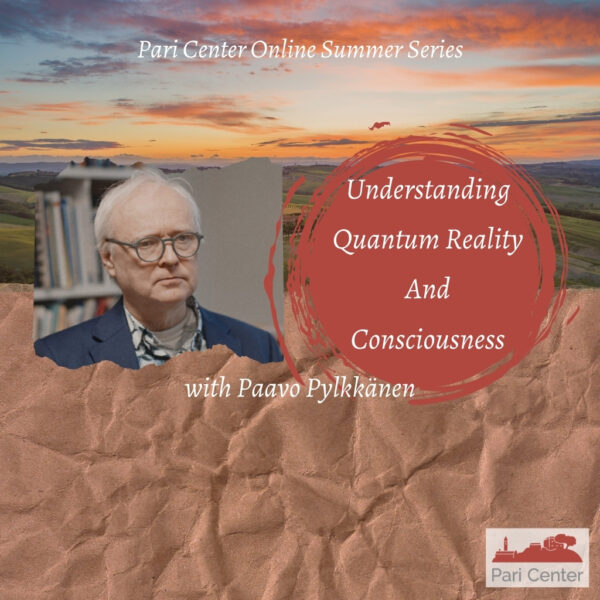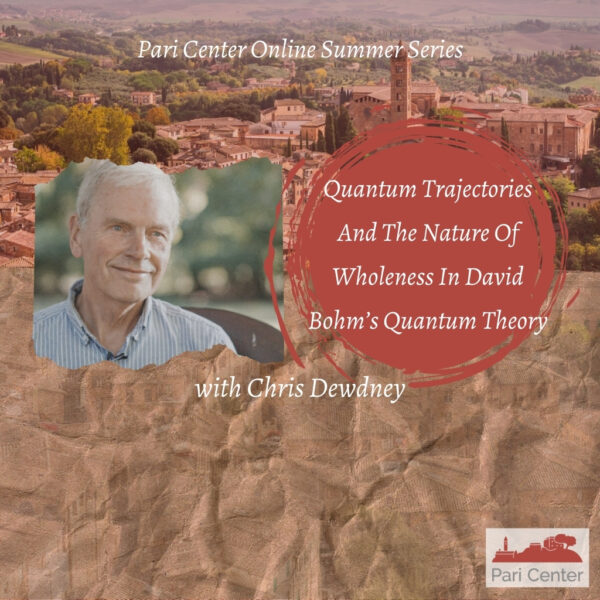Your cart is currently empty!
Emotion, Synchronicity And Surprise with Beverley Zabriskie
10,00€
June 13, 2021 – In Psyche and Matter, the Jungian analyst Marie Louise von Franz notes: Like Wolfgang Paul’s ‘statistical laws with primary probabilities,’ archetypes are also ‘a list of expectation values or “primary probability” for certain psychological (including mental) reactions.’ Referring to physicist David Bohm’s grid, ‘the archetypes can be understood as dynamic, unobservable structures, specimens…
